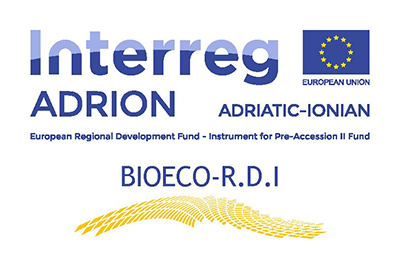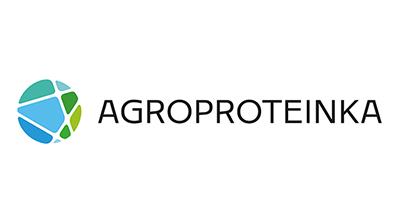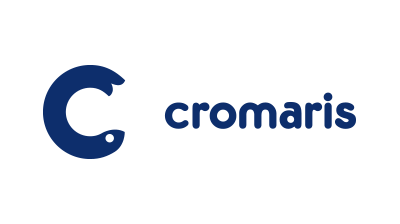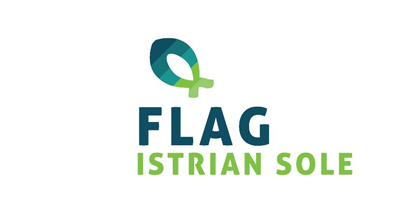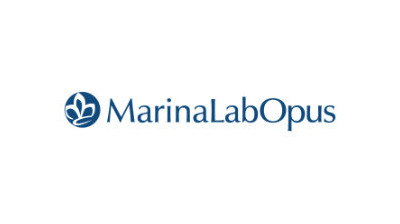
Republic of Croatia
Location: Southeastern Europe, bordering the Adriatic Sea, between Bosnia and Herzegovina and Slovenia.
Total: 56,594 sq km
Land: 55,974 sq km
Water: 620 sq km
Natural resources: oil, some coal, bauxite, low-grade iron ore, calcium, gypsum, natural asphalt, silica, mica, clays, salt, hydropower
Land use:
agricultural land: 23.7%
arable land: 16%
forest: 34.4%
other: 41.9%
ECONOMIC ENVIRONMENT
In 2018 the phase of expansion of the Croatian economy continued, underway for over 4 years (from the fourth quarter of 2014). GDP grew by 2.6%, with a slight slowdown compared to the last two years (+ 3.5% in 2016 and + 2.9% in 2017) but with values that remain above the European average. GDP growth was helped by the strengthening of consumption and above all private investments, which benefited from the increase in employment, the growth in household disposable income and the favorable financing conditions applied by the banks, favored by the downsizing of the uncertainties linked to the emerged from the Agrokor restructuring process. The added value of services is growing, while that of industry has fallen in the last part of the year. Construction has returned to growth, although there is still a large gap with respect to pre-crisis levels, mainly due to reduced public investments. Inflation stood at 1.5% on an annual basis. The labor market has improved, albeit in an uneven way: the national figure indicates unemployment at 8.4%, but with a very critical situation in some less developed regions and in terms of youth and female employment. Favored by the budget surplus and GDP growth, public debt continued its downward trend also in 2018 (reaching 74.6% of GDP). As far as the foreign component is concerned, the contribution is mainly derived from tourism, a sector that accounts for over 20% of GDP. In terms of foreign trade balance, exports increased by 3.8% and imports by 8.5%, with a negative balance worsening. The lower growth in exports, after + 6.9% in 2016 and + 13.5% in 2017, would seem to depend on the decline in sales, especially towards non-EU markets. The trend in trade with the EU area remains positive (+ 9%).
According to the most recent estimates (May 2019) of the European Commission, GDP growth will be 2.6% in 2019 and 2.5% in 2020. The European Commission's downward revision (compared to the February 2019 forecast) reflects mainly external factors such as possible slowdowns of the main trading partners of Croatia (Germany and Italy). Private consumption remains the main driver of growth, supported by favorable financing conditions, improved labor market and moderate inflation. Exports of goods will grow at a lower level than imports, widening the trade deficit, while an increase in the balance of services expected from tourism is expected. Private investments also increased, sustained by the improvement in the credit market, and public ones, in turn, sustained by a greater absorption of EU funds.
SOURCES:
https://www.cia.gov/library/publications/resources/the-world-factbook/
http://www.infomercatiesteri.it/index.php
https://www.istat.it/it/archivio/230644
https://www.focus-economics.com/countries/slovenia
Total: 56,594 sq km
Land: 55,974 sq km
Water: 620 sq km
Natural resources: oil, some coal, bauxite, low-grade iron ore, calcium, gypsum, natural asphalt, silica, mica, clays, salt, hydropower
Land use:
agricultural land: 23.7%
arable land: 16%
forest: 34.4%
other: 41.9%
ECONOMIC ENVIRONMENT
In 2018 the phase of expansion of the Croatian economy continued, underway for over 4 years (from the fourth quarter of 2014). GDP grew by 2.6%, with a slight slowdown compared to the last two years (+ 3.5% in 2016 and + 2.9% in 2017) but with values that remain above the European average. GDP growth was helped by the strengthening of consumption and above all private investments, which benefited from the increase in employment, the growth in household disposable income and the favorable financing conditions applied by the banks, favored by the downsizing of the uncertainties linked to the emerged from the Agrokor restructuring process. The added value of services is growing, while that of industry has fallen in the last part of the year. Construction has returned to growth, although there is still a large gap with respect to pre-crisis levels, mainly due to reduced public investments. Inflation stood at 1.5% on an annual basis. The labor market has improved, albeit in an uneven way: the national figure indicates unemployment at 8.4%, but with a very critical situation in some less developed regions and in terms of youth and female employment. Favored by the budget surplus and GDP growth, public debt continued its downward trend also in 2018 (reaching 74.6% of GDP). As far as the foreign component is concerned, the contribution is mainly derived from tourism, a sector that accounts for over 20% of GDP. In terms of foreign trade balance, exports increased by 3.8% and imports by 8.5%, with a negative balance worsening. The lower growth in exports, after + 6.9% in 2016 and + 13.5% in 2017, would seem to depend on the decline in sales, especially towards non-EU markets. The trend in trade with the EU area remains positive (+ 9%).
According to the most recent estimates (May 2019) of the European Commission, GDP growth will be 2.6% in 2019 and 2.5% in 2020. The European Commission's downward revision (compared to the February 2019 forecast) reflects mainly external factors such as possible slowdowns of the main trading partners of Croatia (Germany and Italy). Private consumption remains the main driver of growth, supported by favorable financing conditions, improved labor market and moderate inflation. Exports of goods will grow at a lower level than imports, widening the trade deficit, while an increase in the balance of services expected from tourism is expected. Private investments also increased, sustained by the improvement in the credit market, and public ones, in turn, sustained by a greater absorption of EU funds.
SOURCES:
https://www.cia.gov/library/publications/resources/the-world-factbook/
http://www.infomercatiesteri.it/index.php
https://www.istat.it/it/archivio/230644
https://www.focus-economics.com/countries/slovenia
Companies
Republic of Croatia
Republic of Croatia
Republic of Croatia
Republic of Croatia
Republic of Croatia
 Go to the Bioeco R.D.I. website
Go to the Bioeco R.D.I. website